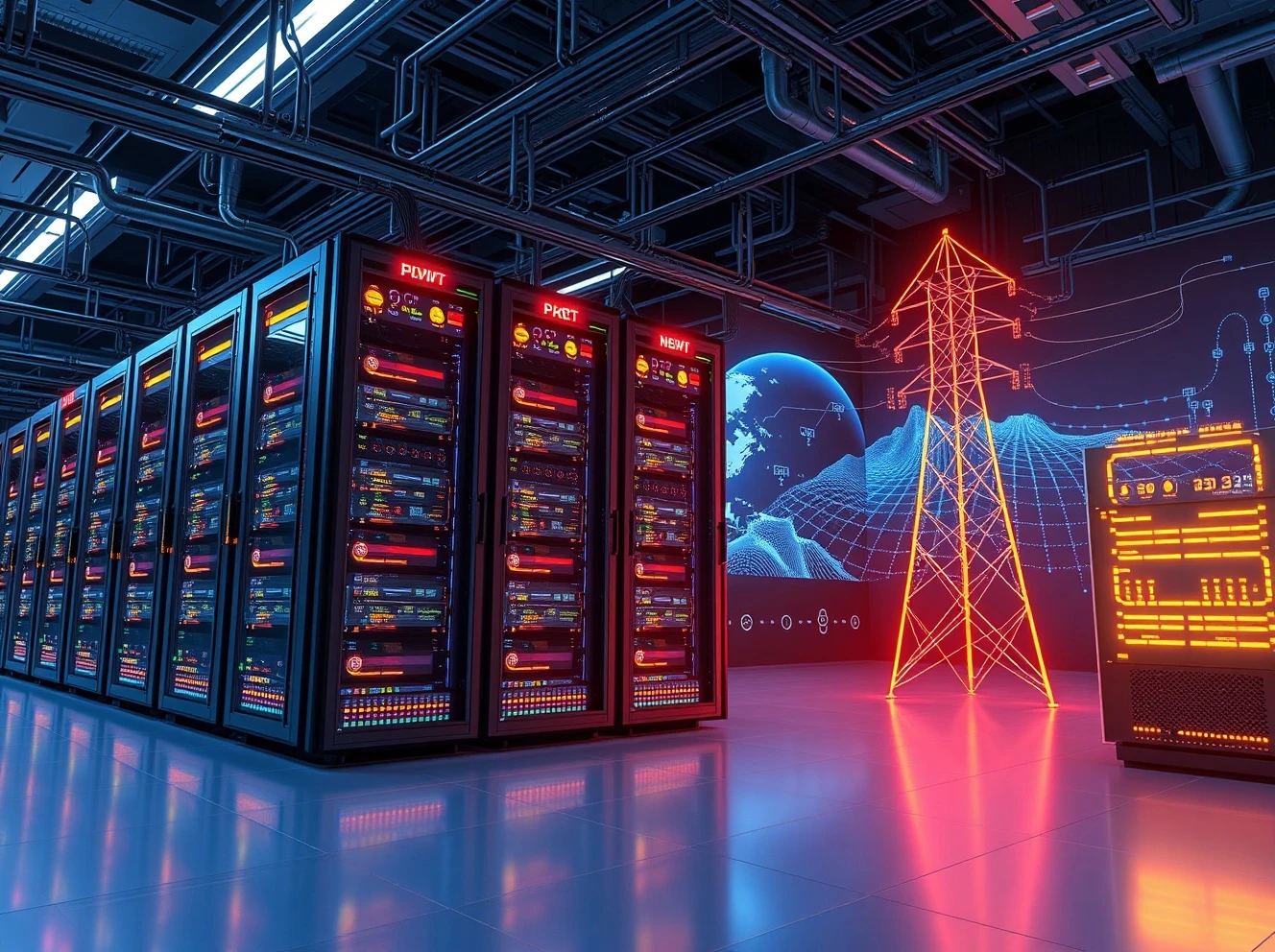Artificial intelligence is revolutionizing industries, but BP’s latest World Energy Outlook reveals a staggering hidden cost: AI data centers are poised to consume an unprecedented share of global electricity. According to the oil giant’s comprehensive analysis, these technological powerhouses will account for 10% of worldwide electricity demand growth by 2035, with US consumption skyrocketing to 40%. This dramatic surge raises urgent questions about energy infrastructure and sustainability.
The Alarming Scale of AI Data Center Energy Consumption
BP’s report delivers sobering statistics about AI data centers and their energy appetite. Consequently, the oil giant estimates that global electricity demand will surge by 40% by 2035. Meanwhile, data facilities powering AI applications will drive a significant portion of this growth. Specifically, AI data centers consumption is predicted to increase nine-fold by 2050. This expansion will elevate their share from 1% of global usage in 2023 to 5% of a much larger total energy pie.
United States Faces Critical AI Data Center Energy Challenges
The United States, as the world’s most advanced AI hub, confronts particularly severe energy implications. Spencer Dale, BP’s chief economist, emphasizes that “the seemingly exponential growth in AI data centers provides an important new source of energy demand.” Additionally, he notes this development is especially significant in markets like the US, where power demand growth had virtually stalled. Therefore, American energy infrastructure must rapidly adapt to accommodate this explosive growth.
Broader Economic and Environmental Implications
The impact of AI data centers extends far beyond direct electricity consumption. On one hand, AI-driven productivity gains might increase global energy demand by 15% by 2035. Conversely, AI could potentially reduce demand through efficiency improvements in industrial processes and building management. However, BP’s analysis indicates a concerning trend: despite renewable energy investments, the timeline for peak oil demand has been delayed. The report now projects oil demand reaching 103.4 million barrels per day by 2030, up from previous forecasts.
Key Factors Driving Sustained Energy Demand
Several critical factors contribute to the persistent energy demand growth surrounding AI data centers:
- Consumer behavior shifts: Motorists are keeping older petrol cars longer, with vehicle ages rising from 12 to 15 years
- Persistent petrochemical demand: Industrial needs continue driving oil consumption
- Building and transport electrification: Additional pressure on power grids beyond AI requirements
- Infrastructure limitations: Current energy systems struggle with rapid AI expansion
Climate Goals and the AI Data Center Dilemma
The rapid growth of AI data centers presents significant challenges for climate targets. Currently, global emissions are projected to fall only 25% by 2050. This reduction falls far short of the 90% cut required to meet the Paris climate accord’s 2°C target. Consequently, policymakers and technology companies must collaborate on sustainable solutions for powering AI infrastructure without compromising environmental commitments.
Frequently Asked Questions
What percentage of global electricity will AI data centers consume by 2035?
BP estimates AI data centers will account for 10% of global electricity demand growth by 2035, with US consumption reaching 40%.
How does AI affect overall energy demand beyond data centers?
AI could increase global energy demand by 15% through productivity gains, while potentially reducing consumption via efficiency improvements.
What are the main drivers behind sustained oil demand?
Key factors include consumers keeping vehicles longer, persistent petrochemical demand, and slower-than-expected renewable energy adoption.
How does AI data center growth impact climate goals?
Current projections show emissions falling only 25% by 2050, well below the 90% reduction needed for Paris Agreement targets.
What solutions exist for sustainable AI data center power?
Options include renewable energy integration, improved cooling efficiency, advanced power management, and strategic location planning.
How does US AI data center energy consumption compare globally?
The US faces disproportionate impact, with AI data centers potentially consuming 40% of national electricity growth due to its advanced AI ecosystem.








